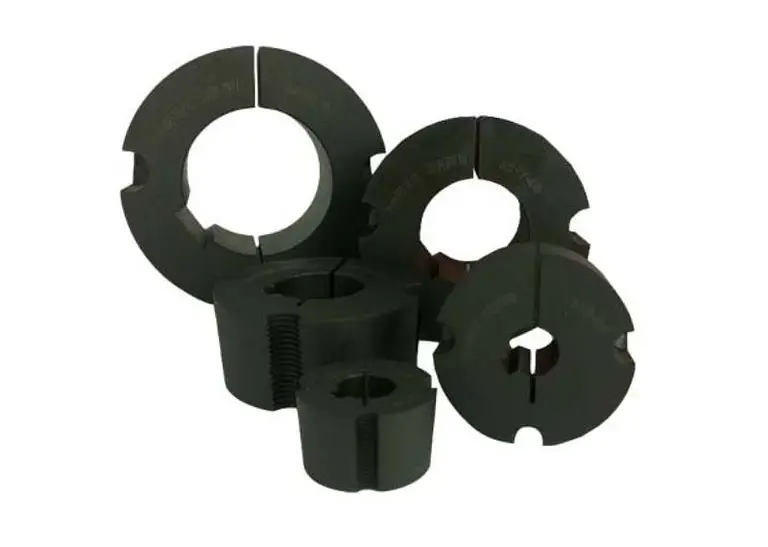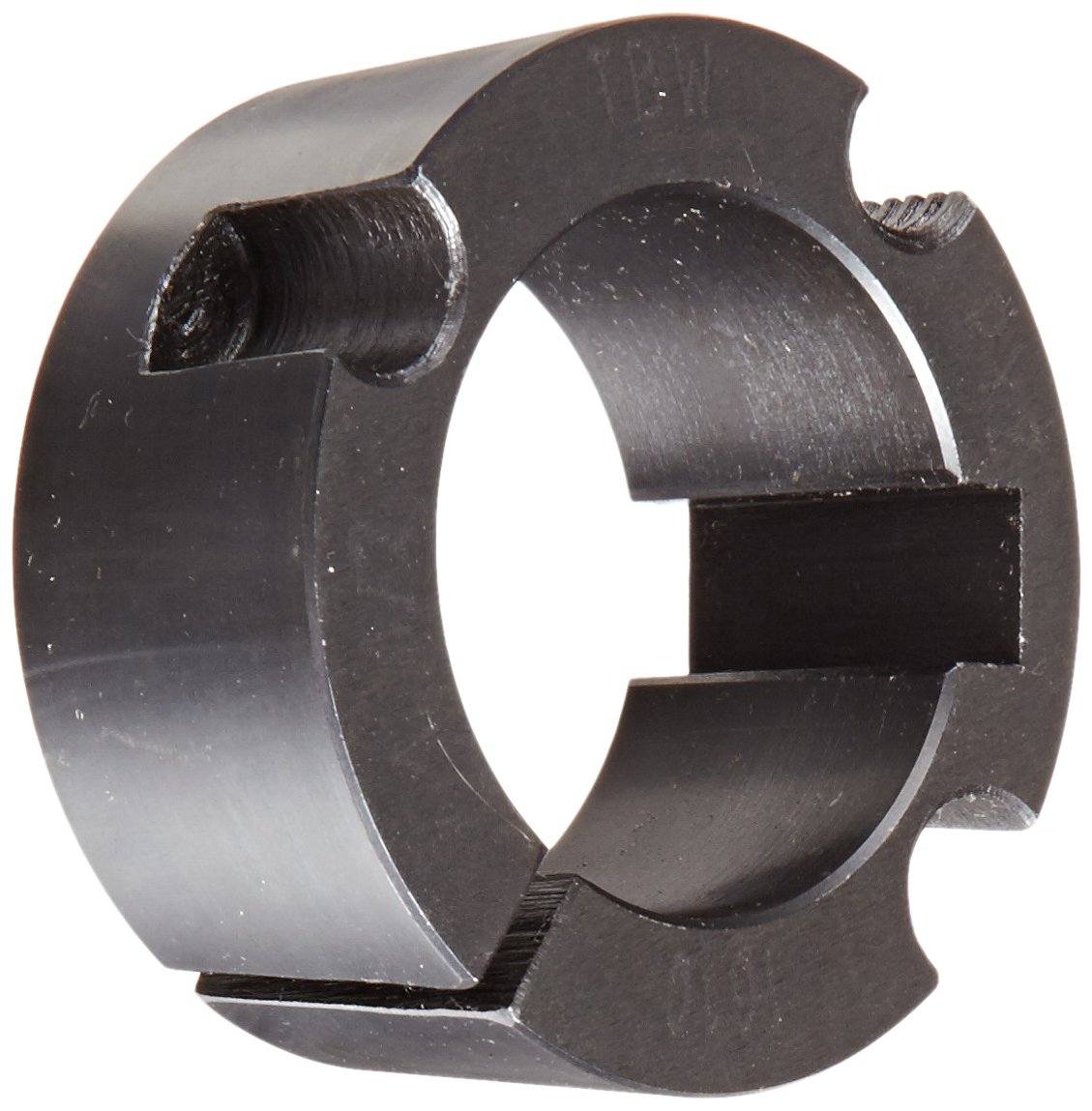Product Description
Textile ceramics are mainly produced from alumina ceramic materials, which have excellent comprehensive technical properties such as high mechanical strength, high hardness, low high-frequency dielectric loss, high temperature insulation resistance, chemical resistance and good thermal conductivity.
Material option:
Steatite
Alumina up to 99.7 % or 95% alumina
Titania
Zirconia
Range of products:
Flange Eyelet, Double flange eyelet, Slotted eyelet, groove eyelets, step eyelet, Cut Eyelet, Step Eyelets, Tubes, Rods, Sleeve,
Ring, Bush, Disc, Dish, Washer, Plates Trap Xihu (West Lake) Dis., Traverse Xihu (West Lake) Dis., Pig tail Xihu (West Lake) Dis., Dog tail Xihu (West Lake) Dis., Rollers, Oilers, Oiling Nozzles Cutters
Application :
Yarn manufacturing machines
Twister machines
Airjet looms
Circular looms
weaving machines
winder machines
Rope,Tap plants
Customized guides as per detailed drawings and specifications.
Material data:
|
Item |
Unit |
95% al2o3 |
99% al2o3 |
Zirconia |
Black Tio2 |
Yellow Tio2 |
|
Color |
|
white,pink |
cream,pink |
white,black,yellow |
Black |
Yellow |
|
Density |
g/cm3 |
3.65 |
3.9 |
6 |
4 |
4 |
|
Flexural strength |
MPA |
290 |
390 |
1300 |
70 |
70 |
|
Compressive strength |
MPA |
3300 |
3900 |
3000 |
600 |
600 |
|
Vickers hardness |
HV0.5 |
1800 |
2000 |
1150 |
900 |
900 |
|
Thermal expansion cofficient |
10-6 K-3 |
5-8.3 |
5.4-8.3 |
10 |
8.5 |
8.5 |
|
Thermal conductivity |
w/mk |
23 |
28 |
2 |
25 |
25 |
| Application: | Refractory, Structure Ceramic, Industrial Ceramic |
|---|---|
| Material: | Alumina Ceramic |
| Type: | Ceramic Tubes |
| Material Option: | Zirocnia Zro2 Ceramic ,TiO2 Ceramic ,Titania |
| Shape: | Eyelet,Tube,Rod,U Shape,Pigtail,Dogtail |
| Usge: | Spinning,Textile Machine,Rapier,Creep |
| Customization: |
Available
| Customized Request |
|---|

Can I find information on the compatibility of pulley bushings with various belt types?
Yes, you can find information on the compatibility of pulley bushings with various belt types. It is important to ensure that the pulley bushing and belt type are compatible to ensure proper functioning and longevity of the power transmission system. Here are some sources where you can find information on the compatibility of pulley bushings with different belt types:
- Belt Manufacturer’s Documentation: Belt manufacturers often provide documentation, catalogs, or technical guides that detail the recommended pulley bushing types and specifications for their specific belt products. These resources may outline factors such as belt width, tooth profile, tooth pitch, and recommended pulley bushing materials. Visiting the manufacturer’s website or contacting their customer support can provide valuable information on pulley bushing compatibility.
- Pulley Manufacturer’s Documentation: Pulley manufacturers or suppliers often provide information on the recommended belt types and corresponding pulley bushings for their pulley products. Documentation such as product catalogs, technical specifications, or installation guides may include details on compatible belt types and the required bushing specifications. Checking the manufacturer’s website or contacting their customer support can help you find information on pulley bushing compatibility.
- Engineering Handbooks and Manuals: Engineering handbooks and manuals related to power transmission systems may include information on the compatibility of pulley bushings with different belt types. These resources often cover topics such as belt drives, pulley systems, and bushing selection. Examples of engineering handbooks include the Mechanical Engineer’s Data Handbook and the Mechanical Engineer’s Reference Book. These resources can be found in libraries or as digital publications.
- Industry Associations and Organizations: Industry associations and organizations related to power transmission systems or specific industries may provide guidelines or recommendations on pulley bushing and belt compatibility. Examples include the Power Transmission Distributors Association (PTDA) or the Conveyor Equipment Manufacturers Association (CEMA). Visiting their websites or reaching out to these organizations can provide access to technical resources and industry standards.
- Online Forums and Communities: Online forums and communities dedicated to mechanical engineering, industrial applications, or power transmission systems can be valuable sources of information. Engaging with professionals and enthusiasts in these communities can allow you to seek advice and knowledge-sharing regarding pulley bushing and belt compatibility. Members with experience in similar applications may share their insights and recommendations.
When seeking information on the compatibility of pulley bushings with various belt types, it is important to consider the specific requirements of your application, such as belt width, tooth profile, speed, and load capacity. Consulting reliable sources such as belt and pulley manufacturers, engineering handbooks, industry associations, and online communities will help you find the necessary information to ensure compatibility and optimal performance of the pulley bushings with the chosen belt type.

Can I find information on alternatives to pulley bushings for specific mechanical applications?
Yes, you can find information on alternatives to pulley bushings for specific mechanical applications. Depending on the requirements of your application, there may be alternative solutions that can fulfill similar functions as pulley bushings. Here are some sources where you can find information on alternatives to pulley bushings:
- Engineering Literature and Research Papers: Engineering literature, including research papers and technical journals, often discuss alternative solutions and innovations in various mechanical applications. These sources may highlight alternative components, mechanisms, or design approaches that can replace or supplement pulley bushings. Accessing online databases such as IEEE Xplore, ScienceDirect, or Google Scholar can provide access to a wide range of engineering literature.
- Engineering Forums and Communities: Online engineering forums and communities, such as engineering.stackexchange.com or eng-tips.com, provide platforms for professionals and enthusiasts to discuss and share knowledge on various engineering topics. Participating in these communities, posting specific questions about alternative solutions to pulley bushings, and engaging in discussions with experienced engineers can yield valuable insights and recommendations.
- Manufacturer Documentation and Technical Guides: Manufacturers of mechanical components and systems often provide documentation and technical guides that detail alternative solutions or product options for specific applications. These resources may outline different mechanisms, transmission systems, or design approaches that can be used instead of pulley bushings. Checking the documentation and technical guides of relevant manufacturers or contacting their customer support can provide access to information on alternatives.
- Industry Conferences and Trade Shows: Attending industry conferences and trade shows related to mechanical engineering, manufacturing, or specific industries can expose you to the latest advancements and alternative solutions in mechanical applications. These events often feature presentations, demonstrations, and exhibitions that showcase innovative technologies and products. Engaging with industry experts, networking with professionals, and exploring the exhibits can help you gather information on alternatives to pulley bushings.
- Consulting with Mechanical Engineers or Experts: Consulting with mechanical engineers or experts who specialize in the specific application or industry can provide valuable insights on alternative solutions. These professionals have experience and knowledge in designing and implementing mechanical systems, and they can offer recommendations based on their expertise and familiarity with the latest developments in the field.
When seeking information on alternatives to pulley bushings, it’s important to consider the specific requirements and constraints of your application. Factors such as load capacity, motion control, space limitations, environmental conditions, and cost-effectiveness should be taken into account when evaluating alternative solutions. Combining information from multiple sources and consulting with experts can help you make informed decisions regarding the best alternatives for your specific mechanical application.

What are the key materials used in manufacturing pulley bushings and their advantages?
When it comes to manufacturing pulley bushings, various materials are used, each with its own advantages and suitability for specific applications. Here are some key materials commonly used in the manufacturing of pulley bushings and their advantages:
1. Bronze:
– Bronze is a popular material for pulley bushings due to its excellent durability and self-lubricating properties.
– Bronze bushings can withstand heavy loads and high temperatures, making them suitable for demanding applications.
– They have good resistance to corrosion and wear, making them long-lasting and requiring less maintenance.
2. Steel:
– Steel bushings offer high strength and durability, making them suitable for applications with heavy loads and high-speed operations.
– They have excellent wear resistance and can withstand harsh operating conditions.
– Steel bushings are often used in industrial applications where reliability and longevity are crucial.
3. Stainless Steel:
– Stainless steel bushings are highly resistant to corrosion and rust, making them ideal for outdoor or marine applications.
– They offer good strength and durability, making them suitable for various operating conditions.
– Stainless steel bushings are commonly used in food processing, pharmaceutical, and chemical industries where cleanliness and hygiene are essential.
4. Nylon:
– Nylon bushings are known for their low friction properties, making them self-lubricating and reducing the need for additional lubrication.
– They are lightweight and have good resistance to wear and abrasion.
– Nylon bushings are commonly used in applications where noise reduction and smooth operation are required, such as in office equipment or consumer appliances.
5. Delrin (Acetal):
– Delrin bushings offer low friction, excellent wear resistance, and dimensional stability.
– They have good strength and stiffness, making them suitable for applications with moderate loads and speeds.
– Delrin bushings are often used in automotive, electronics, and machinery industries.
It’s important to note that the choice of material for pulley bushings depends on factors such as the specific application, load requirements, operating conditions, and environmental factors. Different materials offer different advantages, and selecting the appropriate material ensures optimal performance, longevity, and reduced maintenance needs for the pulley system.


editor by CX 2023-11-03
